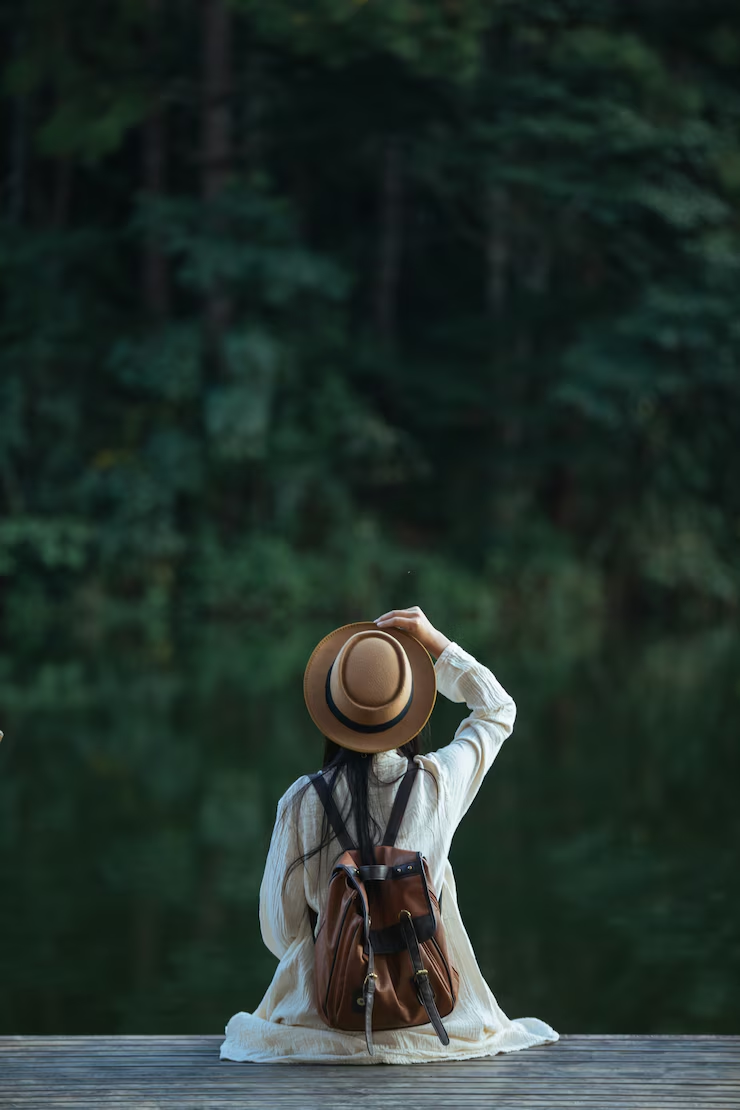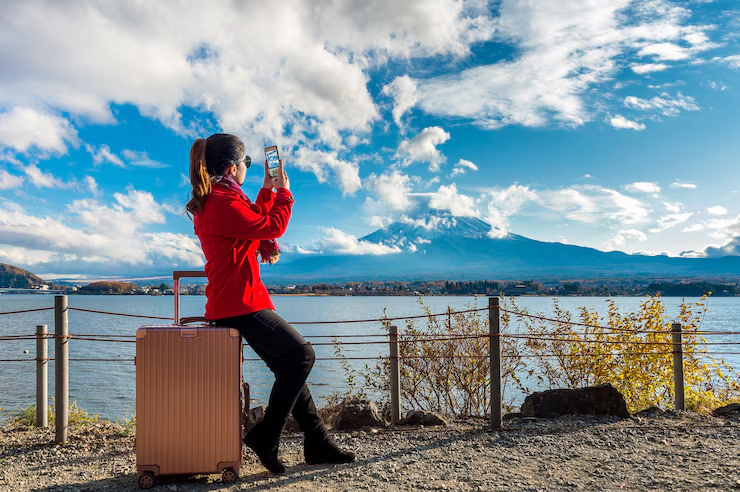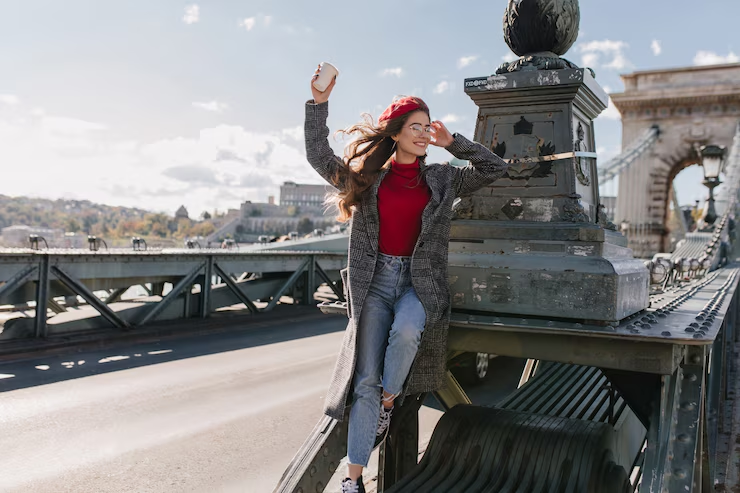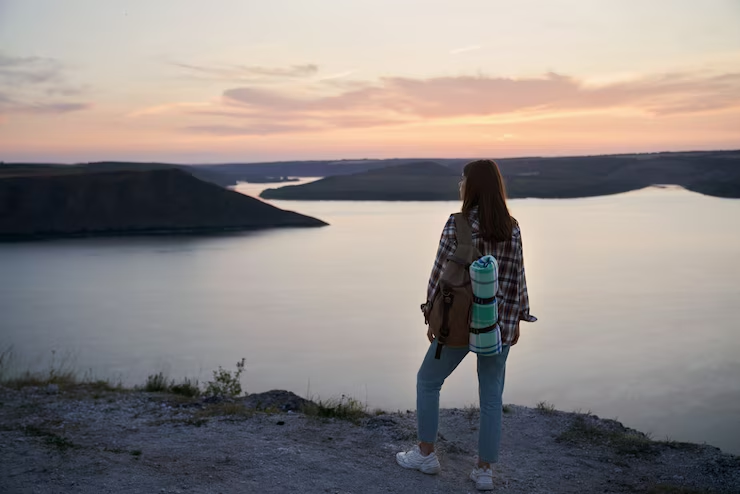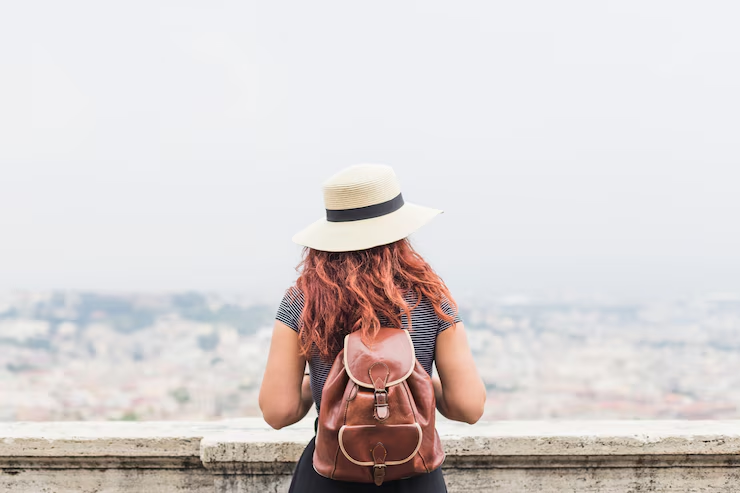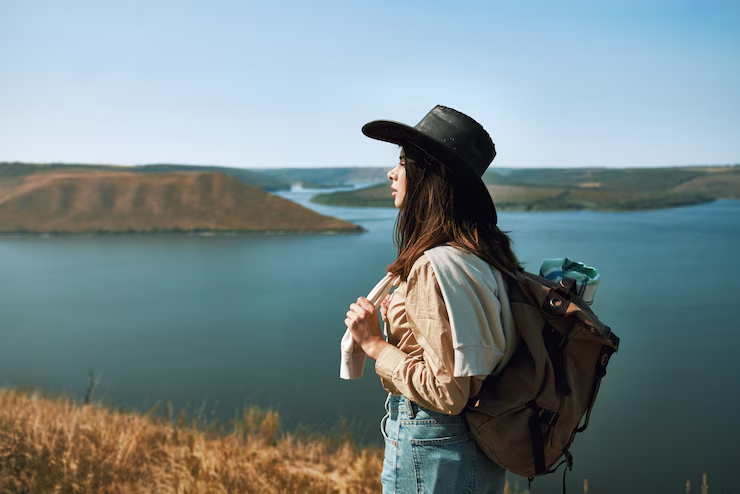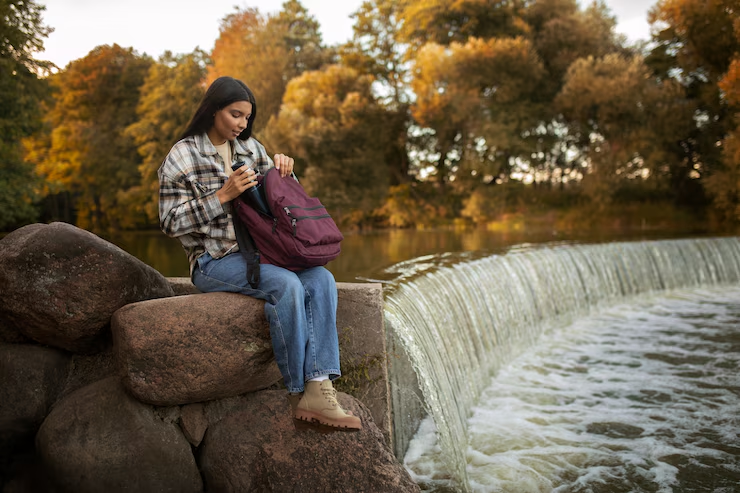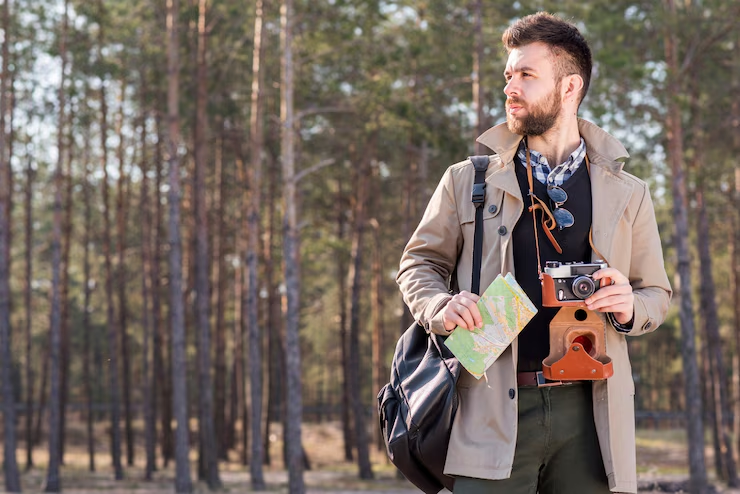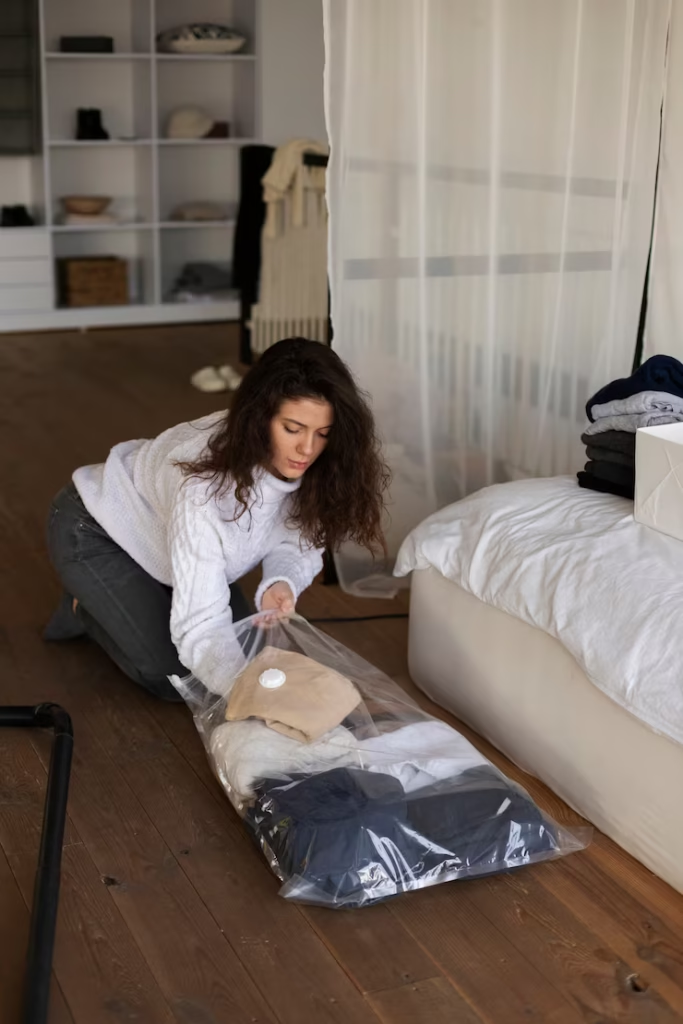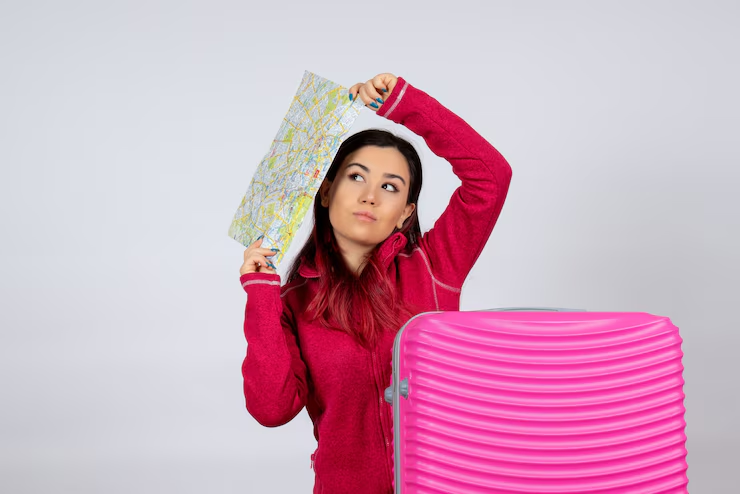Solo travel can be fun and full of surprises. When you travel alone, you get to see the world on your own terms. In this article, we will talk about how to document solo travel experiences through photography or blogging. You can keep a record of your trip, share your thoughts, and help others learn from your trips.
Why Document Your Solo Travel Experiences?
Documenting your trip helps you keep your memories safe. You can look back at your photos and stories to remember special times. Writing about your trip or taking good photos is a way to share your work with friends and others. When you write about your travel, you show the small details of the places you visit. This act can help you learn more about the world. It also gives others ideas for their own trips.
Recording your travel is not hard. You can use your phone or camera to take photos. You can use a blog or a simple diary to write your thoughts. These records help you see how you have grown and what you have seen. This writing and photo collection can help you express your thoughts in a way that is clear and fun. It also makes it easy for others to follow your solo travel experiences.
Planning for Your Photo and Blog Work
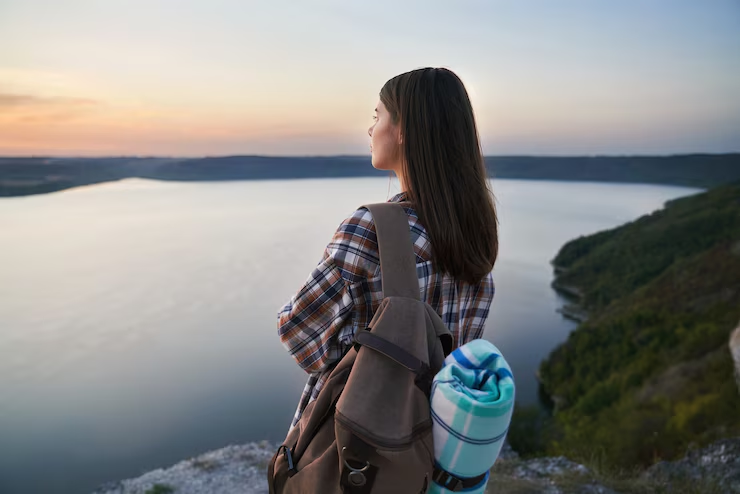
Source: Freepik
Before you leave, it is smart to plan a bit. Think about what you want to record. You may plan the type of photos you want to take or the topics you want to write about. Write a list of ideas. This list can include interesting spots, local foods, and the kind of people you might meet. Having a plan makes it simple to know what to do next.
You can plan your work by checking the weather and local events. This planning helps you choose the right time for each photo or blog post. It is good to set a loose plan so that you are ready when you see a neat spot or a fun moment. This planning will help you take clear photos and write detailed posts about your solo travel experiences through photography or blogging.
Tips for Capturing Great Photos
Taking good photos is a key part of your travel record. You do not need a fancy camera to take great photos. A simple camera or phone can work well if you know a few tricks. First, make sure you have good light. Early in the day and late in the afternoon, the light is soft and warm. This light helps your photos look bright and clear.
Next, try to keep your camera steady. You can use a small stand or hold the camera with both hands. Keeping it still helps avoid blurry images. Also, take many photos of the same view. You can choose the best one later. Taking many photos also helps you see small changes that tell a story about the place.
Pay attention to details. Look for small signs of local life. You can capture faces, street signs, or local art. These details add depth to your story. You may also try taking photos from different angles. Changing the angle can make a common view look new and fresh. These simple tips will help you get clear and sharp photos that tell the story of your solo travel experiences.
Writing a Concise Travel Blog
Your travel blog can be a place to tell your story. Write as if you speak to a friend. Use short sentences. Keep your words simple. Explain what you see and feel in a way that is easy to read. Write about your day in clear words. This clear style makes your blog fun to read.
It is good to use transition words. They help connect one idea to the next. Words like “next,” “then,” and “after” can make your post smooth. Writing in this way makes the blog friendly and easy to follow. It also makes your writing sound natural and human.
Combining Photos and Words for a Rich Record
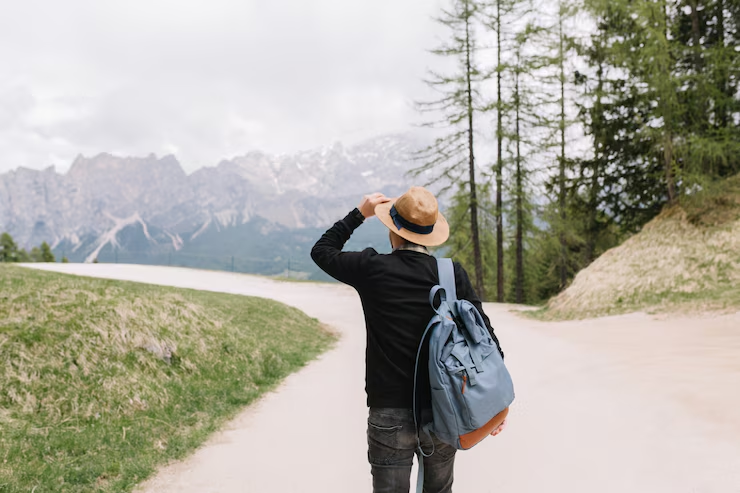
Source: Freepik
The best way to show your travel is to mix photos and words. Each photo can tell a part of the story, while your words give more detail. When you add a photo to your blog post, write a short note about it. Explain why the view caught your eye or what it means to you.
For example, if you take a photo of a busy market, write about the colors, the sounds, and the smells. This mix of photos and words will help your readers feel like they are with you on your trip. They can see what you see and feel what you feel.
When you use both photos and blog writing, you make your travel record complete. Readers can see the visual beauty and learn the story behind the photo. This approach makes your work more real and helpful to others who plan to travel alone.
Final Thoughts
In this blog post, we talked about how to document solo travel experiences through photography or blogging. We looked at why it is good to record your travel, how to plan your work, and how to take simple photos and write clear posts. We also gave tips on how to share your work and handle small problems along the way.
